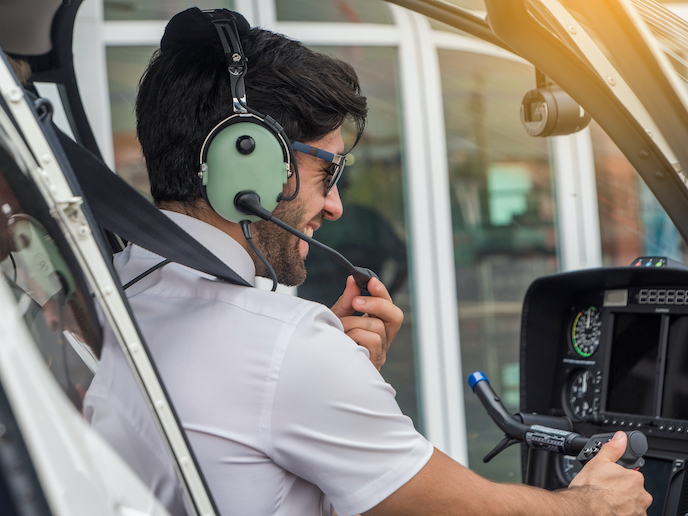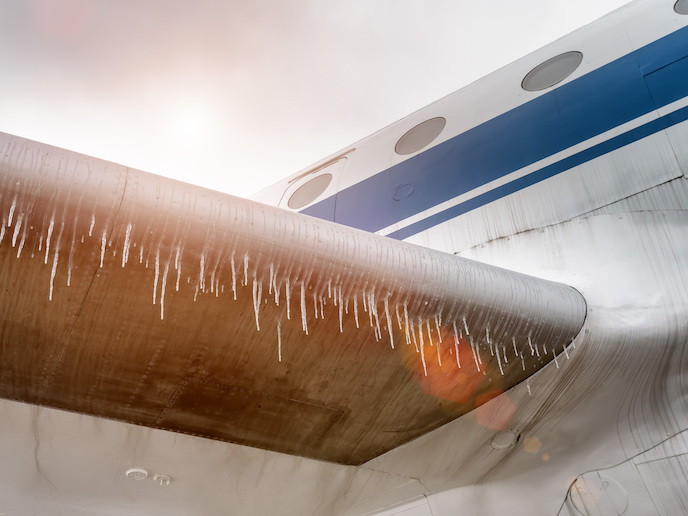Advancing composite repair capabilities for critical aircraft components
Many industrial applications, make extensive use of composites which are more durable and afford increased resistance to fatigue, compared to metals. One such industry taking advantage is the aeronautical sector where composite materials help reduce aircraft weight, directly resulting in a reduction of fuel burnt per passenger, along with decreased associated costs. This growth in demand for composites has generated an ancillary industry to maintain and repair them. The EU-supported COLOMBUS-2 project was set up by GMI to develop the repair equipment necessary for high performance adhesive bonding and smart patches, enabling structural health monitoring of critical aircraft components. The team developed and validated new composite repair solutions for state-of-the-art ‘all-composite’ aircraft, such as the A350 and the B787. The project included an adaptive heating solution (AdaptHEAT), a cuttable heating blanket (CONDUCTOR) and a portable application system (OLGA). Along with their associated methodologies, these provide the global aircraft industry new repair capabilities, helping increase the efficiency of aircraft, while reducing costs. The composite repair solutions Airplane damage is typically incurred from external factors, either during flight (hail, bird strikes, etc.) or when grounded (impact by vehicles or tools etc.). These factors can cause structural damage such as dents, scratches or delamination or, in severe cases, could puncture the structure, significantly compromising safety. Composite solutions for aircraft structures can lead to savings of more than 50% compared to metallic aircraft, not to mention their positive environmental impact through reduced CO2, NOx and other emissions. However, for composite solutions to be viable, with aircraft flying safely on schedule, structural repairs must be quick, reliable and economic. A composite repair typically involves bonding and curing (polymerisation) of an appropriately designed composite repair patch, at a strictly specified temperature (usually between 120 – 180oC) for a defined period of time (usually 1-2 hours). However, this process requires specialised heating elements to achieve the designated temperature, within very tight tolerances (max +/-5o C),for any aircraft location. Among other innovations, the team managed to develop these adapted heating elements (tailoring the heating system to the structure and not vice versa), together with a positive pressure application method, for complex aircraft composite structures. As Mr Roland Chemama, project coordinator, adds, “What most impressed our counterparts was the CONDUCTOR cuttable blanket for repairs, which is simply out-of-the-question with today’s technology. Practically speaking, any type of designated bonded composite repair could be applied using GMI Aero equipment.” Increased aircraft performance with reduced manufacturing costs The COLOMBUS-2 results effectively align with the overall European ambition for increased passenger safety and comfort, less delays and lower ticket prices. Key also is the contribution to reduce greenhouse gas emissions and noise. Additionally, novel technologies which maintain the industry’s competitiveness will lead directly to the creation of new jobs, while strengthening the EU technological basis and contributing to the expansion and growth of R&D intensive SMEs. Given the fact that the aeronautical market is a highly regulated market, COLOMBUS-2’smulti-functional development team achieved targeted tailored solutions with a reduced time to market. Indeed, some of the equipment is already within the Structural Repair Manuals of several major aeronautical manufacturers. Looking to the future, Mr Chemama says, “Currently, our priority is to further expand the automation and standardisation of repairs, together with increasing the range of repairable –not to be discarded- structures. As aircraft become more advanced, so should repair methods!”
Keywords
COLOMBUS-2, Composite, metal, aircraft, emissions, heat treatment, positive pressure application, passengers, comfort, safety, repair







